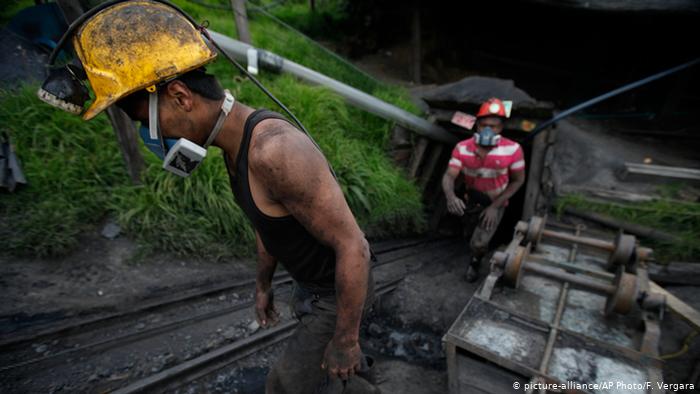The Zero Dominator Enriched Solar Power Plant in Latin America and the Caribbean’s largest Antofagasta region is the latest example of renewable energy use in the region. Opened on June 9, this spectacular facility offers 24 hours of renewable energy.
“The revolutionary thing about this plant is that it can generate energy day and night, thanks to storing thermal energy. By concentrating solar energy it gives us energy 24 hours a day and can achieve the same efficiency of a coal or gas generating plant,” said Energy Minister Juan Carlos Jobet. Explained.
“The project, in conjunction with the existing photovoltaic plant at this location from 2017, will be able to avoid about 640,000 tons of CO2 emissions per year and generate the equivalent energy to supply about 380,000 homes,” he explained.
The launch of this facility will contribute to the new scope set by the government. “In the next few weeks, we will enter into a bill that will duplicate the obligation of ERNC allocation in the National Electricity System, thus representing a 40% matrix by ERNC 2030,” he advanced.
The first step to achieving the ultimate goal is: 100% clean energy by 2050, with no room for coal-fired power plants whose closure is currently underway. “Since we introduced the Carbon Pension Scheme two years ago, we have been accelerating the original schedule. We have advanced the initial goal of retiring or replacing eight plants by 2024 in three years, by the end of which we will achieve it,” he stressed.
Similarly, half of the operating plants are expected to be closed by 2025, i.e. 14 out of 28. “With this new target, we will avoid releasing 3.1 million tonnes of CO2 into our atmosphere,” he said.
Possibility to be developed at the regional level
“Currently, Latin America and the Caribbean support 59% of electricity generation from renewable sources, with high hydration,” explained Alfonso Blanco, executive secretary of the Latin American Energy Organization (OLADE).
However, Nicole Stoffer, director of the Conrad Foundation’s regional program for energy security and climate change in Latin America, lamented that “the region is made up of countries with very different energy structures, with dissatisfied agendas and complex integrated issues.” .
However, in the framework of the last COP25 led by Chile, a regional initiative called Renewable Energy was launched in Latin America and the Caribbean (RELAC) to achieve the regional goal of at least 70% renewable energy participation in power generation. Capacity by 2030.
Chile, Costa Rica and Colombia are spearheading the initiative, which involves the US-US Development Bank and OLED, whose role is to “coordinate the technical and monitoring team responsible for the measurement, reporting and verification system,” Blanco pointed out.
“One of the goals we have set for this year is to reach 13 countries in Latin America and the Caribbean by actively participating in this initiative. At this time there are five signatories to the RELAC Manifesto and five more in advanced negotiations,” OLADE’s Executive Secretary advanced. “Many countries have already reached 70% of the target” initiative, and some are close to 100% “.
The challenge of energy change is through collaboration
“The RELAC initiative is a great achievement because it identifies and facilitates regional energy cooperation,” German-born Agora Energivende said in an interview with DW Philip Hauser, an expert on Latin America.
“Traditionally, the region has had great difficulty in cooperating in the energy sectors, but it is precisely regional cooperation and integration that facilitates and expands the benefits of energy transfer,” he said.
“By working together on regional initiatives, countries can attract more investment and projects,” Stoffer said, adding that “as long as there is commitment, vision and long-term political planning, 70% of the regional goal is achievable.” “Continuity in public policy is important in successful countries like Costa Rica and Uruguay, but also in Chile and Colombia,” he stressed.
The German order targeted other key factors, such as finances, tax breaks, as well as strong legislation and the involvement of different actors. According to Hauser, the success of energy conversion depends on factors such as the growth potential of renewable resources, the mobilization of low-cost capital, the regulation of energy markets and the inclusion of communities in the process.
“With these points in mind, energy transfer can be used as a vector for the most active and inclusive economic growth in Latin America and the Caribbean,” said the Latin American energy affairs expert.
Accelerating the adoption of renewable energy could provide Latin America with 3 million jobs by 2050, according to the International Renewable Energy Agency (IRENA) Global Renewable Energy Outlook Report.


“Incurable web evangelist. Hipster-friendly gamer. Award-winning entrepreneur. Falls down a lot.”





